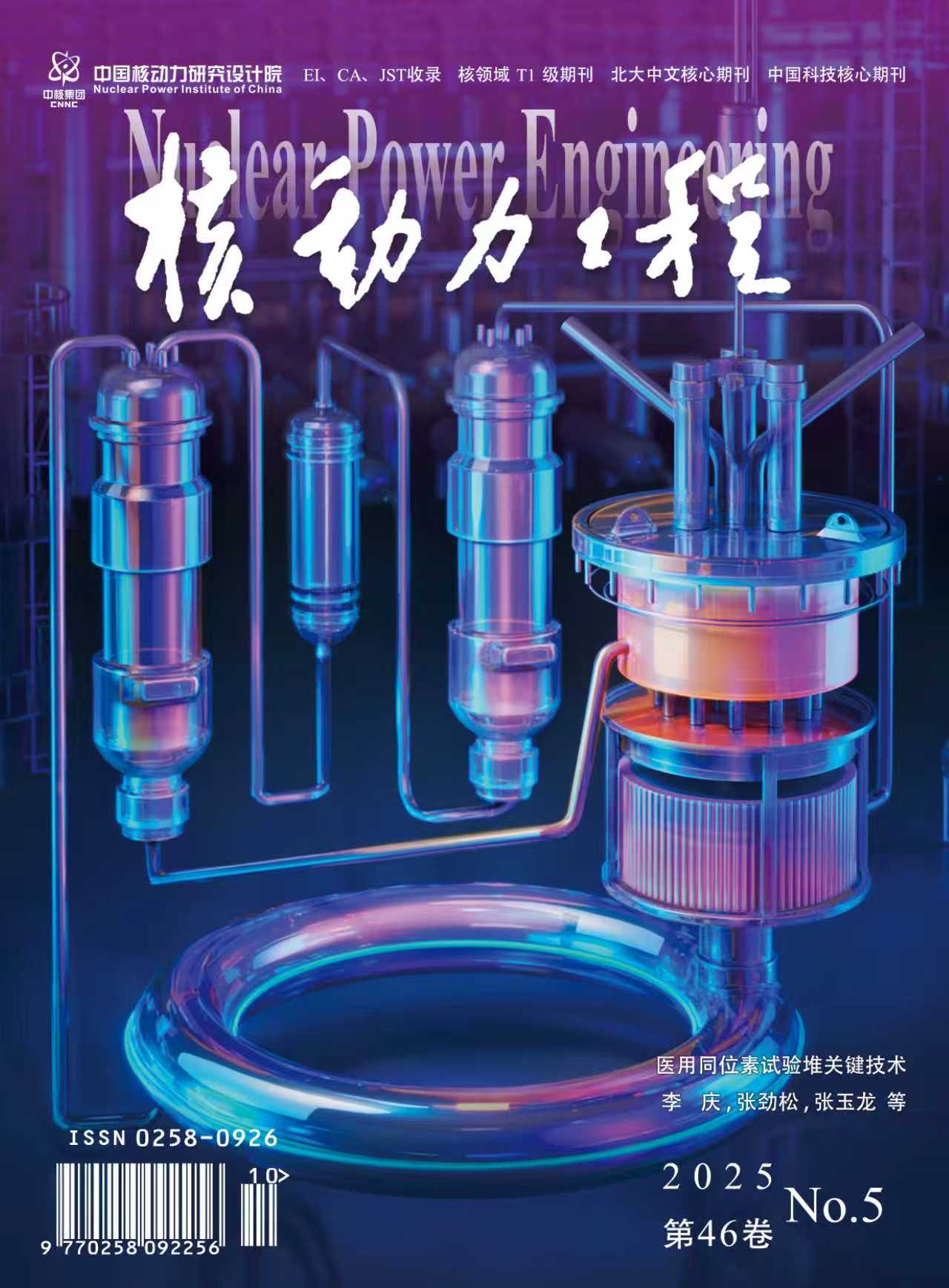2009 Vol. 30, No. 5
Display Method:
2009, 30(5): 1-4,39.
Abstract:
2009, 30(5): 5-7.
Abstract:
2009, 30(5): 8-12.
Abstract:
2009, 30(5): 13-17.
Abstract:
2009, 30(5): 18-21,66.
Abstract:
2009, 30(5): 22-25,47.
Abstract:
2009, 30(5): 26-29,43.
Abstract:
2009, 30(5): 30-34.
Abstract:
2009, 30(5): 35-39.
Abstract:
2009, 30(5): 40-43.
Abstract:
2009, 30(5): 44-47.
Abstract:
2009, 30(5): 48-53.
Abstract:
2009, 30(5): 54-57.
Abstract:
2009, 30(5): 58-61.
Abstract:
2009, 30(5): 62-66.
Abstract:
2009, 30(5): 67-70,74.
Abstract:
2009, 30(5): 71-74.
Abstract:
2009, 30(5): 75-78,104.
Abstract:
2009, 30(5): 79-83,88.
Abstract:
Analysis of Fission Product Behavior in Bypass Containment Severe Accident Induced by SGTR of AP1000
2009, 30(5): 84-88.
Abstract:
2009, 30(5): 89-92.
Abstract:
2009, 30(5): 93-95,108.
Abstract:
2009, 30(5): 96-100.
Abstract:
2009, 30(5): 101-104.
Abstract:
2009, 30(5): 105-108.
Abstract:
2009, 30(5): 109-112.
Abstract:



